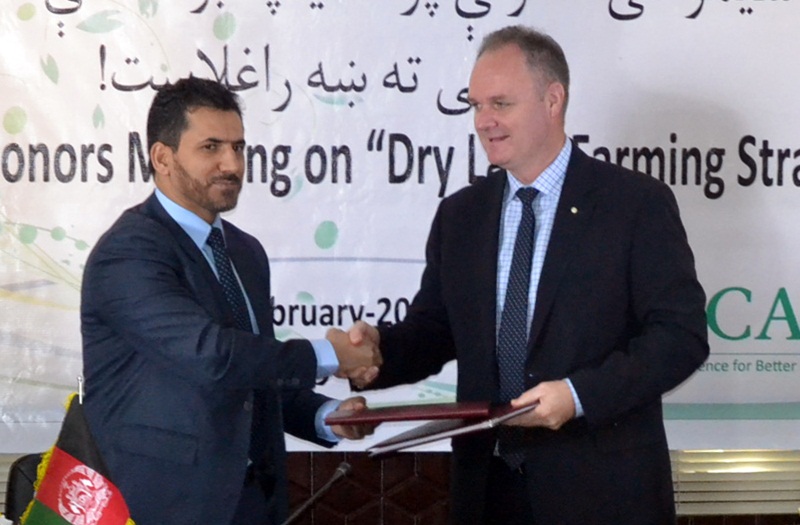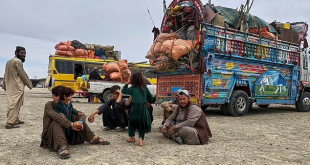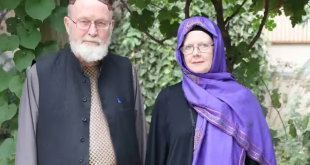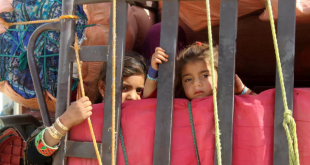By Farhad Naibkhel-KABUL: Ministry of Agriculture, Irrigation and Livestock (MAIL) on Tuesday said that it has drafted a strategy to irrigate dry lands in order to increase wheat production.
The strategy would lead the country toward self-sufficiency in wheat production within next four years, the ministry said.
To finically support the strategy, the MAIL has signed $25 million deal with Australia’s Embassy in Kabul on Tuesday.
“By implementation of this strategy most of the rain-fed lands would be covered in 16 provinces, producing high level wheat in the country,” Minister of Agriculture, Asadullah Zamir, said.
Briefing newsmen here in Kabul, he said that this is a four-year strategy and through its implementation Afghanistan would get closer to the self-reliance in wheat production.
He highlighted that Afghanistan needs to produce six million tons of wheat annually, where last year wheat production reached to 4.5 million tons in the country. “We are very near to reach the target,” Zamir said, referring to the six million tons of wheat production.
He said that earlier rain-fed lands were cultivated without any particular mechanism or alternative. Rainfalls were a sole hope for the farmers to irrigate their lands.
By implementation of this strategy specific regulation would be followed and supportive irrigation system would be established for the farmers, he added.
“In start this strategy will cover 16 provinces. Efforts will be initiated to expand the strategy to the uncovered provinces,” he asserted.
Referring to the climate changes that caused droughts and decrease in rainfalls, he said that climate change and drought had put negative impact on agriculture sector of the country. He added that by implementing of this strategy they would find way how to bring these barren lands into cultivation.
The project would cost $40 million, where $25 million would be provided by Australia from its support fund, the minister said, adding that he would seek support of other donors as well.
Australia’s Ambassador in Afghanistan, Matt Anderson, said that he would continue to technically and financially support Afghanistan’s agriculture sector.
In September 2015, the United Nations and its partner agencies said that a large number of Afghan people have resorted to selling their properties or turned to relatives and friends for help as food insecurity doubled in the last year.
The Food Security and Agriculture Cluster (FSAC), a non-profit organization in Afghanistan, in its report “The 2015 Seasonal Food Security Assessment in Afghanistan (SFSA)” said that at the peak of the lean season the number of Afghans facing severe food insecurity increased from 4.7 percent of the population 12 months ago to 5.9 per cent today.
This means more than 1.5 million people are now considered severely food insecure, an increase of more than 317,000. Another 7.3 million people – more than one in every four Afghans – are classed as moderately food insecure, found the report.
Of greatest concern is the finding that the proportion of severely food insecure people who have already exhausted their capacity to cope with these emergencies has increased – meaning many more are now forced to sell land, take children out of school to work, or depend on relatives for support, it said.
The SFSA report indicates that the number of people engaged in these last ditch actions has doubled over the past year to more than 20 per cent of food insecure people across the country.
This will leave even more Afghan people significantly vulnerable to extreme poverty.
The report shows that female-headed households are almost 50 per cent more likely to be severely food insecure than other households in Afghanistan, having a much poorer diet than their peers and a much lower income.
 Afghanistan Times
Afghanistan Times




